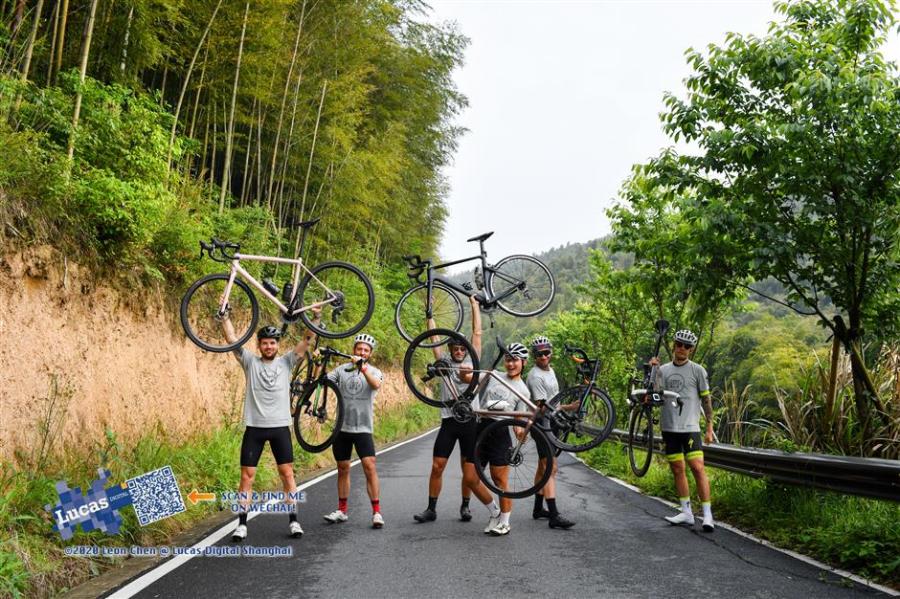To conquer Mount Qomolangma, known as Mount Everest in the West, is a dream cherished not only by mountaineers but also by a group of Shanghai-based amateur cyclists.
They accomplished their mission — in a manner of speaking — without ever stepping foot in the Tibet Autonomous Region.
The team of five expats and a Chinese undertook the global cycling challenge called Everesting at Mount Mogan in neighboring Zhejiang Province.
Under the worldwide rules of the challenge, cyclists pick a hill anywhere in the world, then ride up and down it until they have cycled 8,848 meters, the height of Mount Everest.
To date, approximately 2,500 cyclists around the world have completed the challenge, some 70-80 of them in China.

















